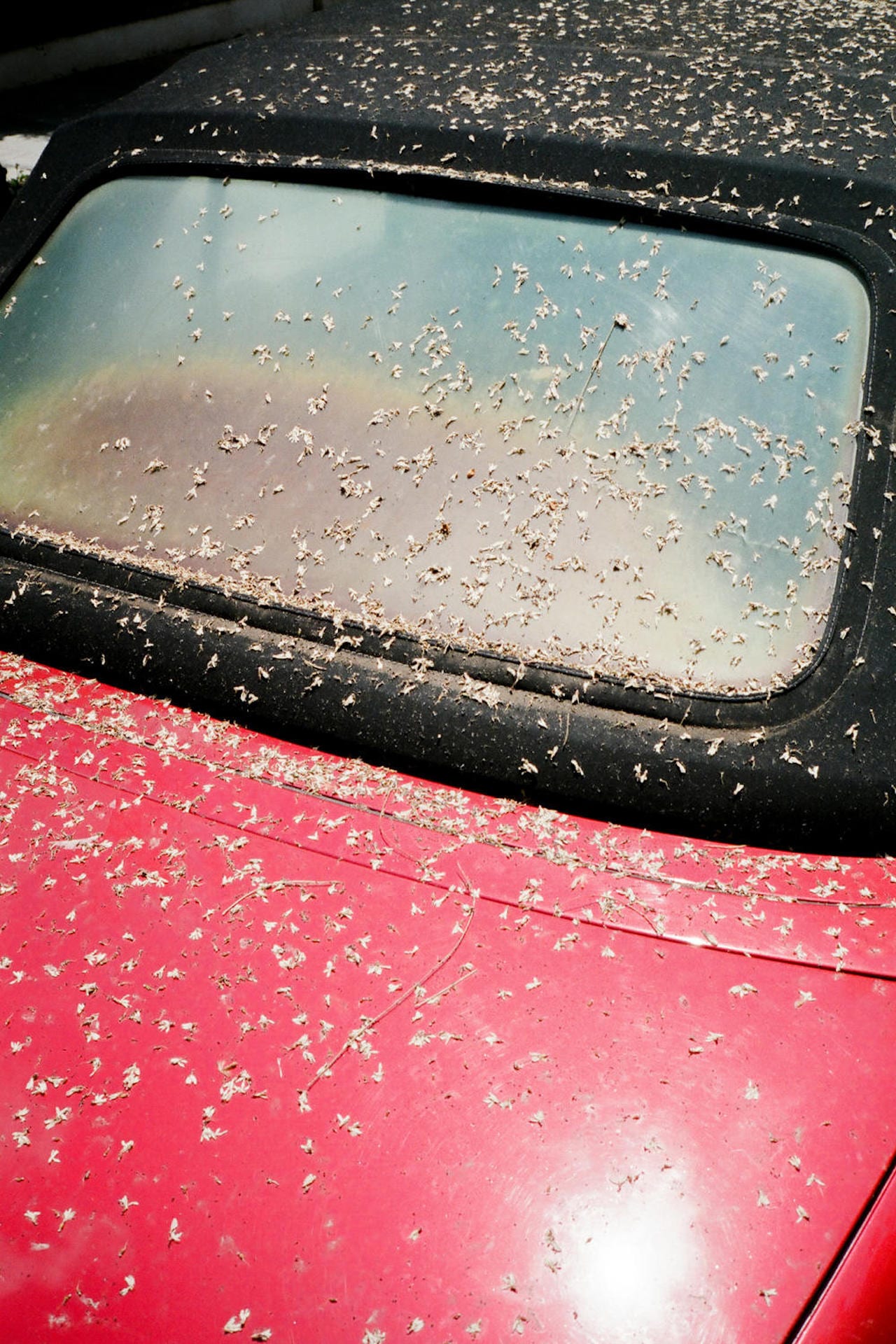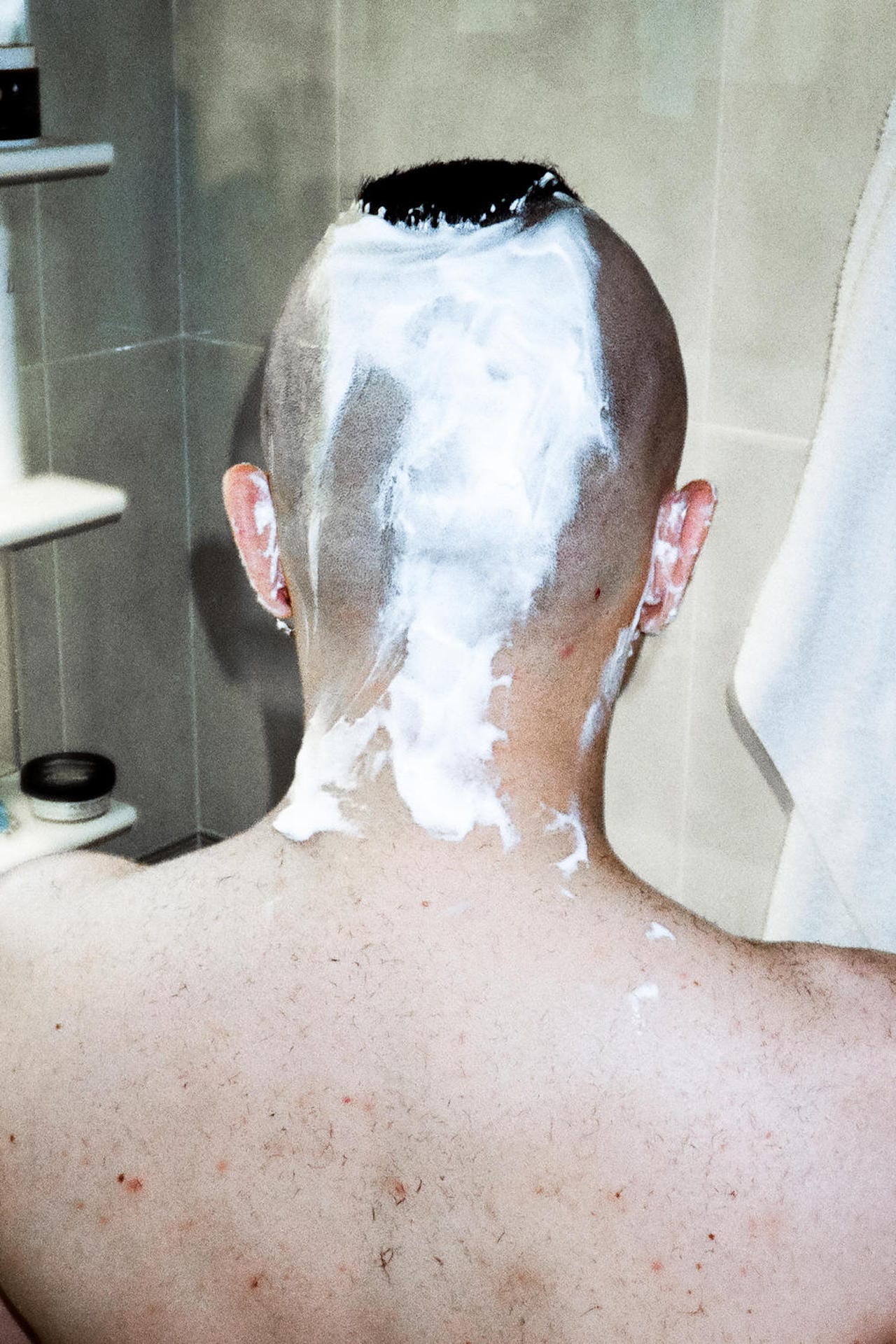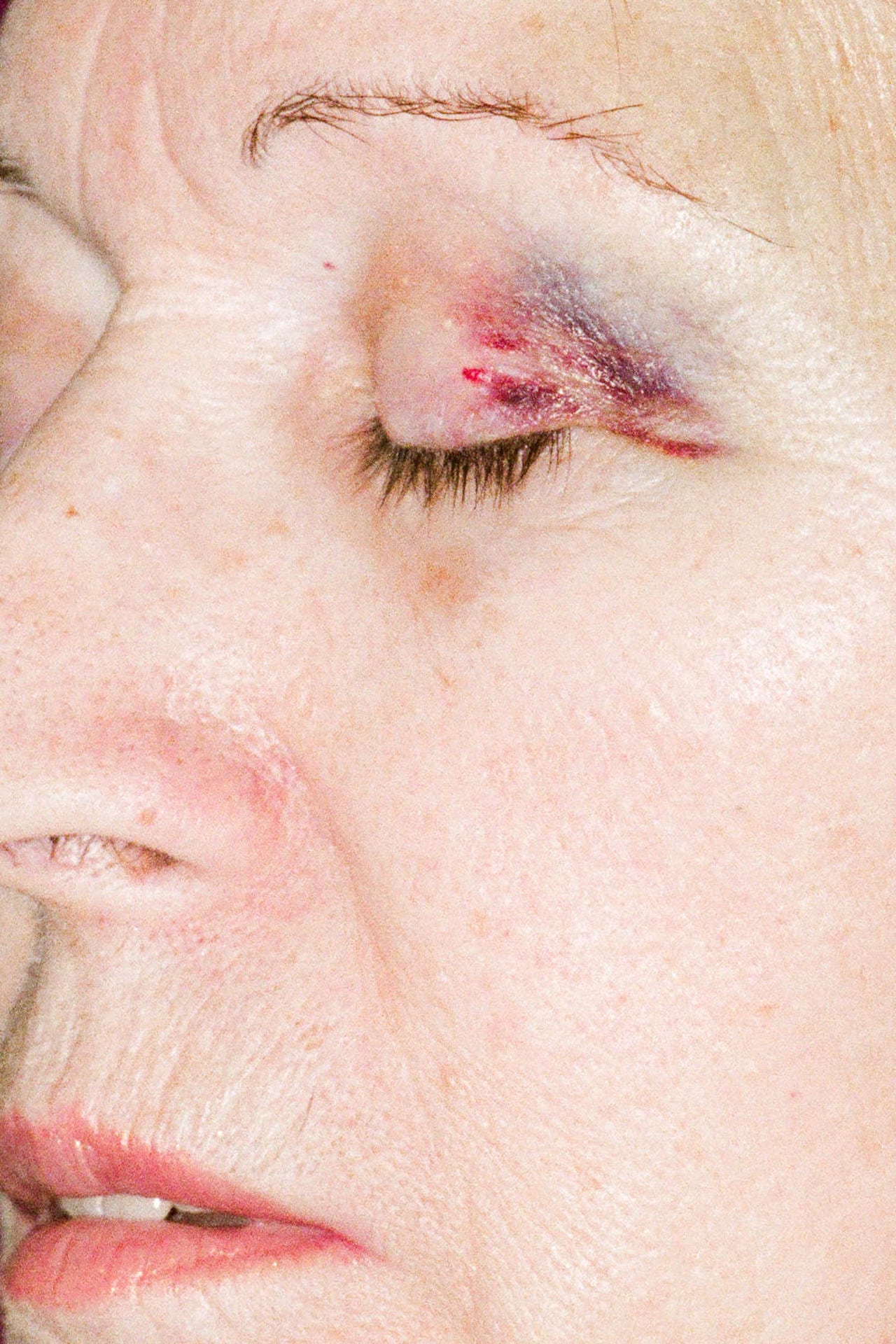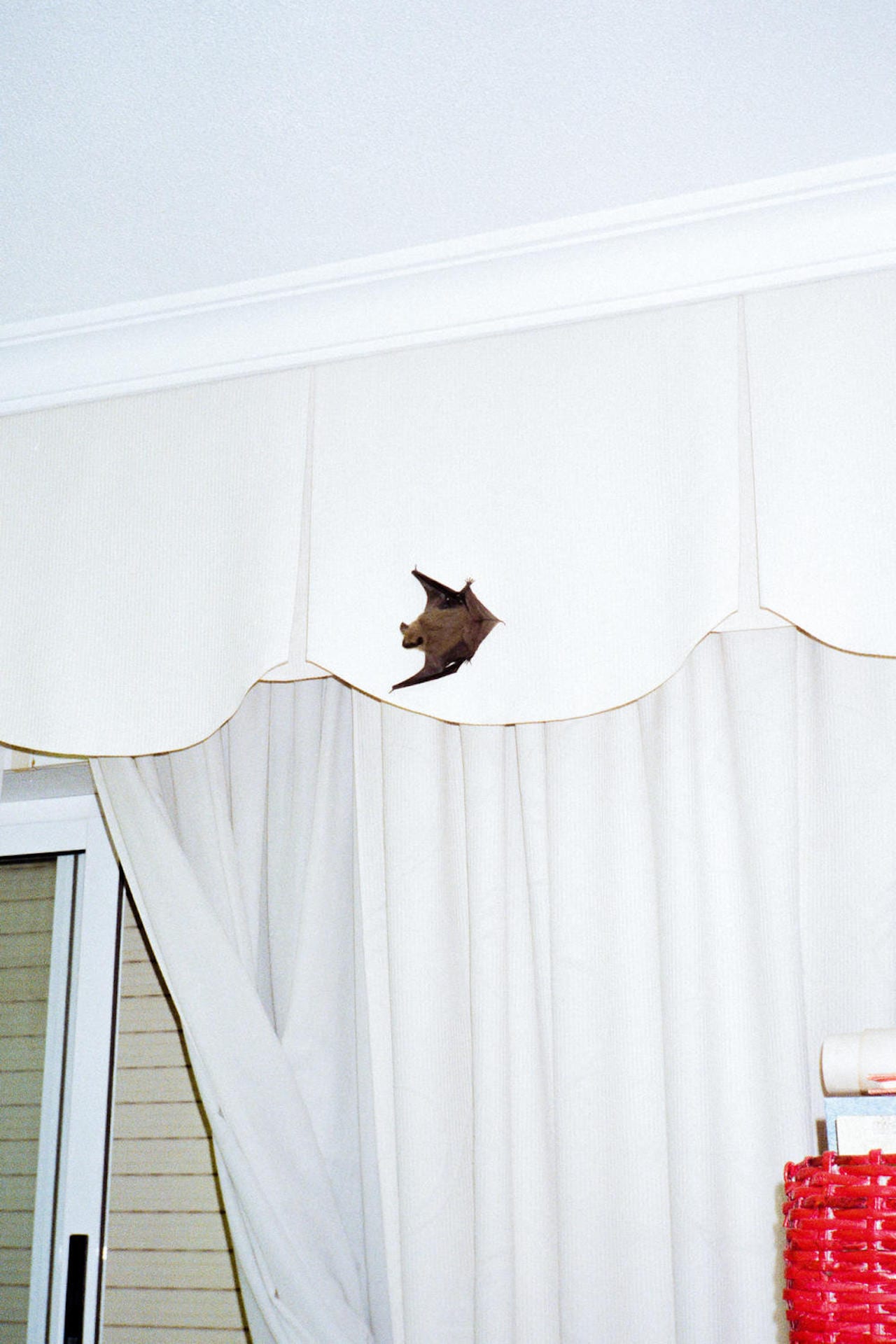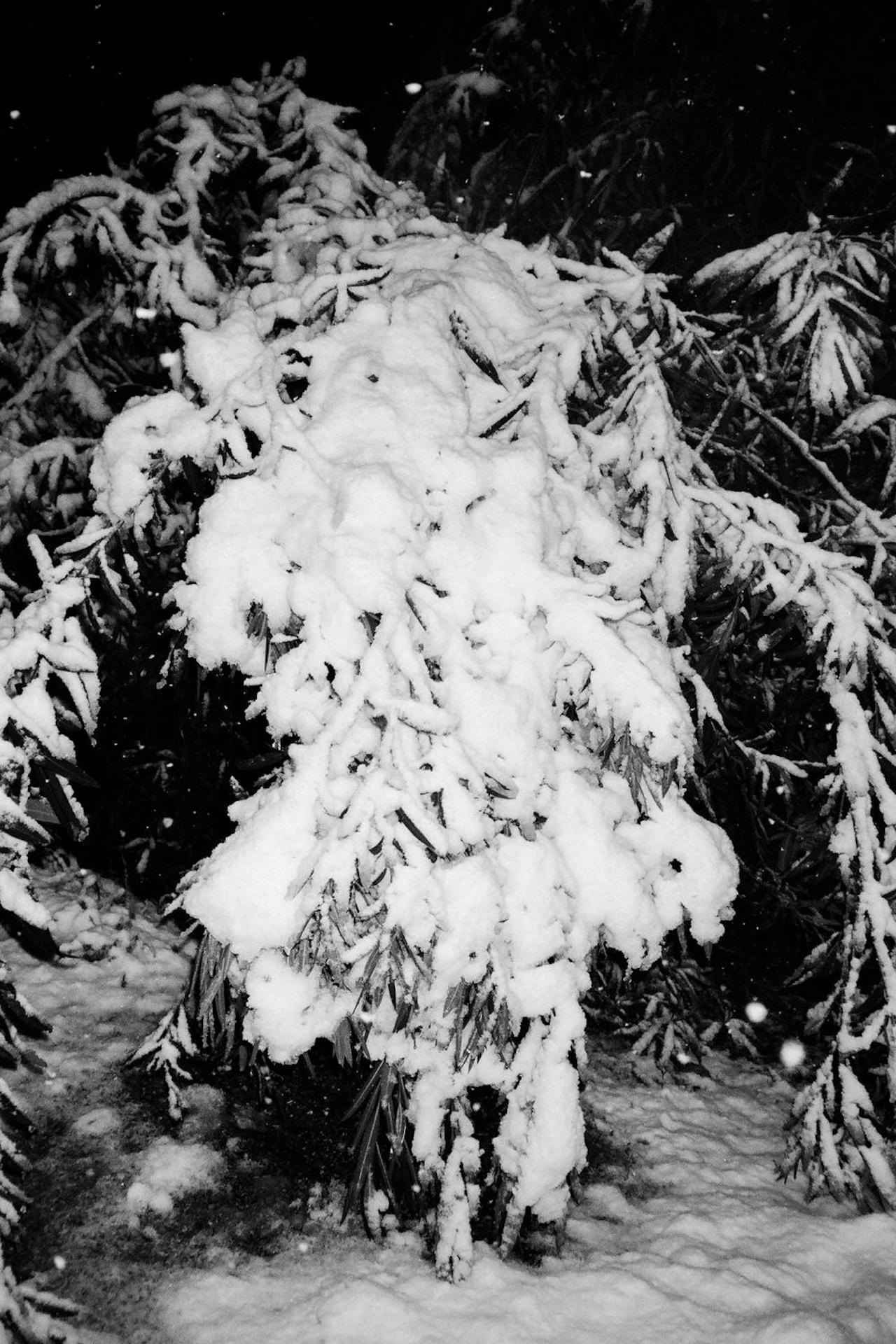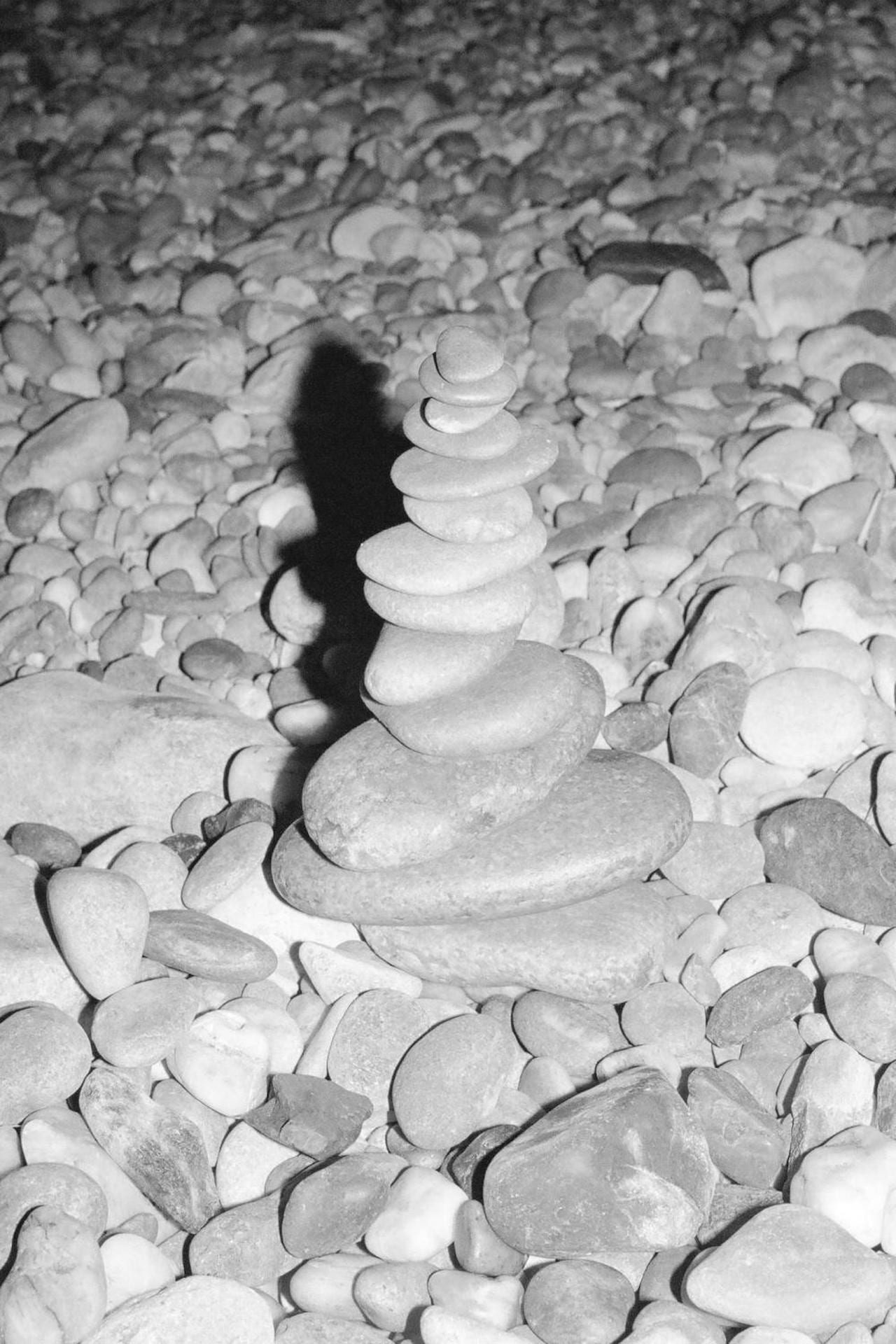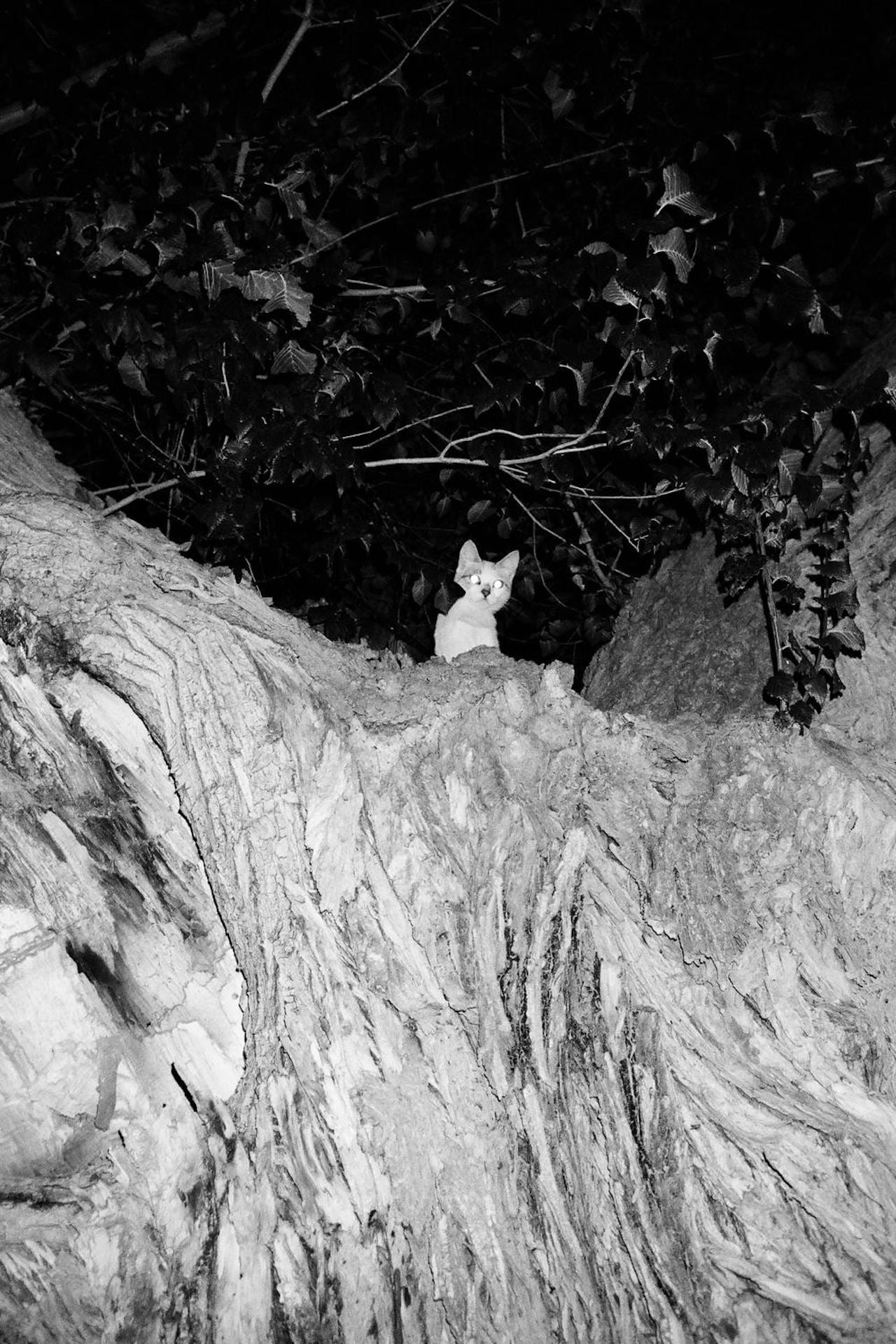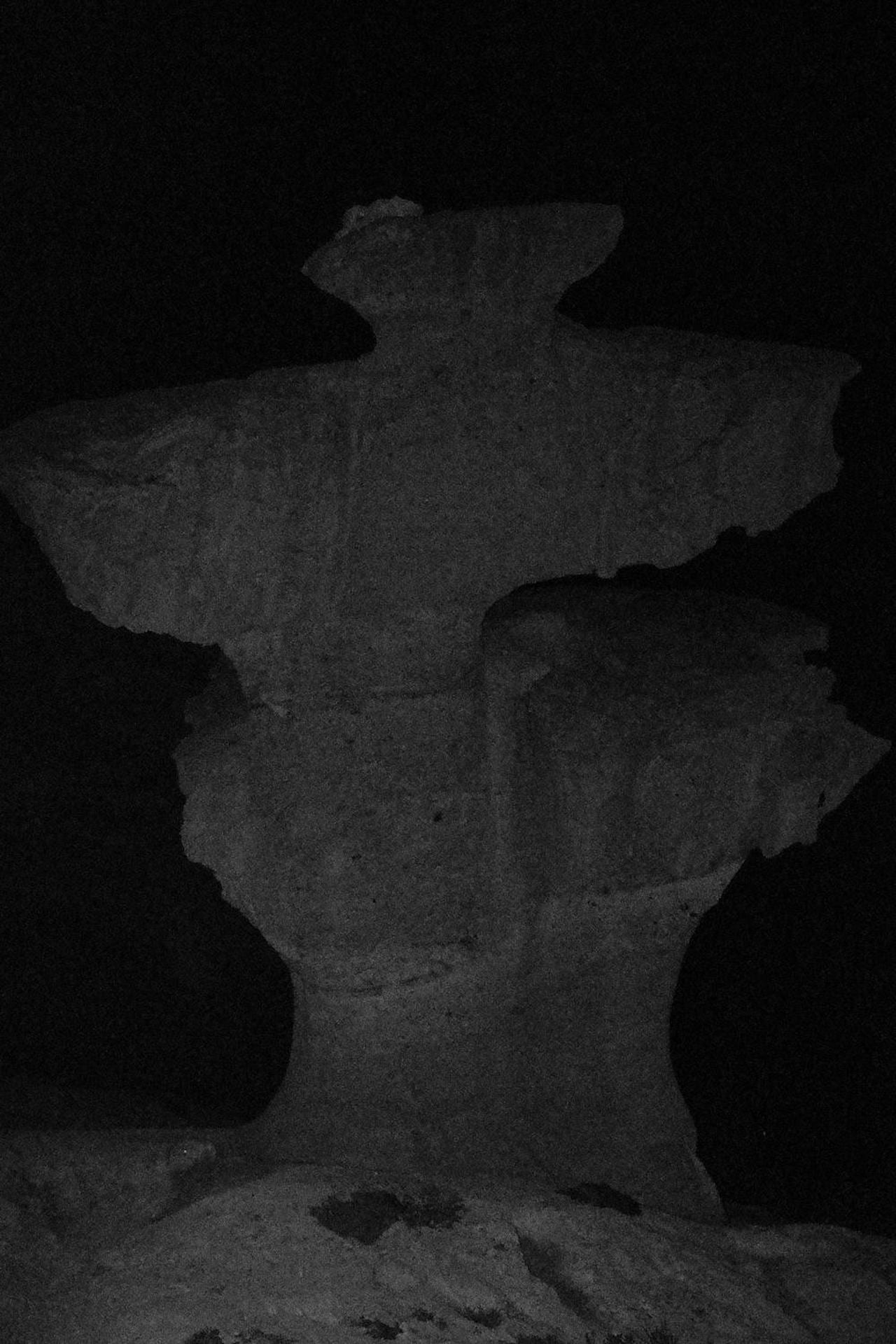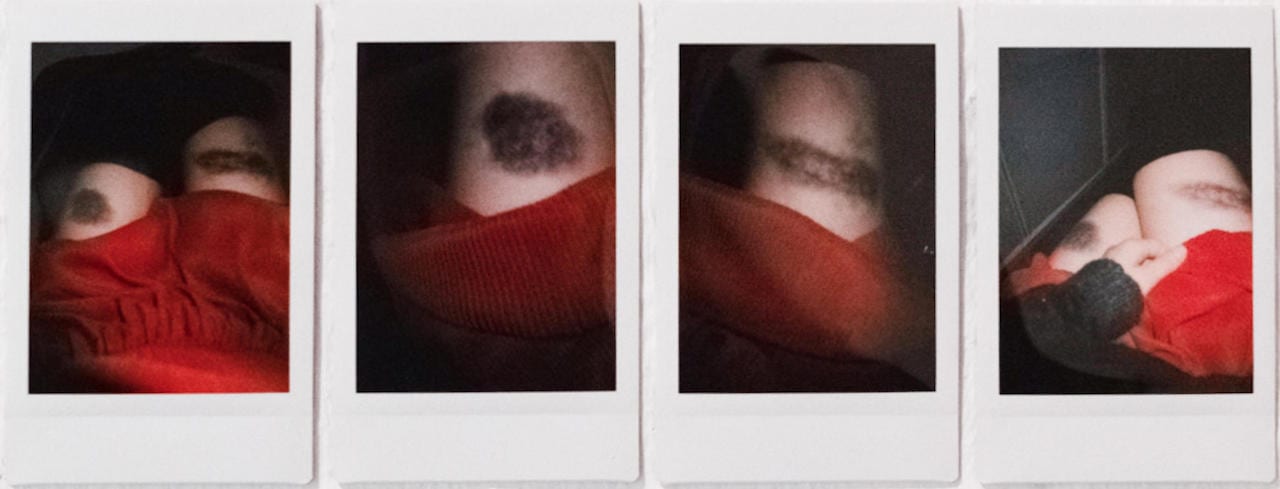Although it is Spanish photographer Sole Satana’s latest body of work, From a Bad Place was conceived several years ago, during a difficult time when she was struggling with anxiety and depression.
Closely related to her personal life, Satana’s photography tells a very subjective story about her take on everyday life. Her images will be on show at the Centro Parraga in Murcia, Spain, as part of a collaborative project between the gallery and collective UnderPhoto. Now in its second edition, the project aims to bring together emerging creators who offer a “deeply personal representation of reality”.
From a Bad Place will be exhibited alongside photography from Satana’s partner in life and work JD Valiente, a BJP One to Watch this year. The couple met when they were teenagers and have been together for 14 years. They often now collaborate on joint projects, such as the story Dead Meat, but this show, titled Parentésis, is made up of two solo series.
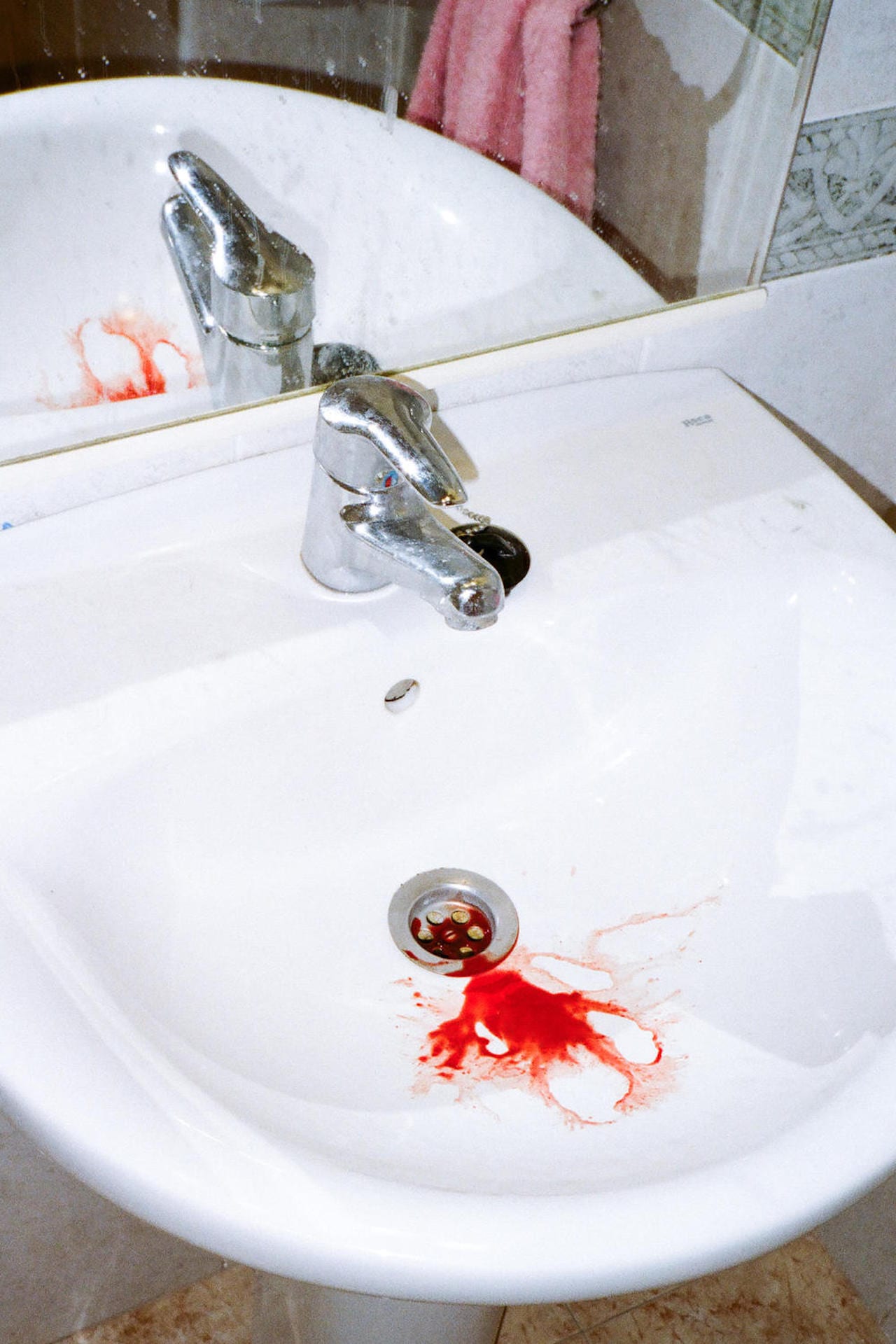
BJP: What specific themes do you explore in From a Bad Place, and in your photography in general?
Sole Satana: Dealing with anxiety and depression was at the root of this project. It is an exploration of my inner self, my way of seeing life. I needed to explore my feelings and represent them in the way I know best, force everything in my head out somehow. I aim to take pictures that pose questions to others, and evoke feelings close to what I’m trying to convey, but also encourage them to come to their own conclusions. It’s a very personal vision, not an absolute truth. I like people to have their own impressions and interpretations.
In my work I focus on myself, my emotions, and my feelings and opinions about things around me or that interest me in some way. I could say that my photography is intimate and greatly personal, but I also love taking pictures of people and human behaviour in different aspects and from all paths of life. But even when I am documenting something that is not about myself, I always approach it trying to show myself and my personality through it, so my work is never going to be a rigorous and objective impression. It will be very subjective. I can’t be an external viewer trying to give information objectively, I need to get my own understanding across.
SS: Yes, there are times when I feel better and times when it hits me harder. I have learned to live with it and most of the time I just manage. In that moment photography helped me, I forced myself to focus on something, but there are times when I don’t have the strength or I don’t feel motivated at all to do anything. Sometimes taking those pictures was pure instinct, and to edit this work allowed closure to that part of my life.
SS: I like the fact that every spectator can feel different sensations or have their own interpretations of these images, the way I see it is it’s just me and my life. I took these pictures because there were things that happened and I needed to capture them, and I chose them for this project as a representation of a feeling. They are explicit but also metaphorical.
BJP: Where did you take the photographs and who are the people in your photographs?
SS: Most of them were taken in my hometown, while others are from nearby towns. You can find a lot of photos taken inside my own house. I spent a lot of time alone during the time I produced this work. I barely went out of my apartment due to illness, so me, my partner and my mother were the closest. In other works I have photographed mostly friends, but also strangers who catch my attention.
BJP: Have you always used Polaroids or is this a new thing? What do you like about working with polaroids?
SS: It’s actually not a new thing. JD gave me an instant camera on our first Christmas back home, about five years ago, and I have been taking pictures with it since then. Many of my photographs have never seen the light, and the Polaroids are an example of something I created and didn’t share.
I never considered digitising them before, and I don’t usually upload all of my work to the internet because I do not have a pressing need to show it. Most of them had not been seen by anyone until I staged my series in a physical gallery and I considered exhibiting them. But they had to be there, they are part of what I tell in From a Bad Place.
Instant cameras can be very fun, but they can also be used as a working tool. Working in analogue means you can’t see what you have photographed for a while, at least in my case, since I use very few rolls and only develop them a couple of times a year. In part it’s good because you get rid of the attachment to your own photos, but sometimes I want to see the results faster, and this is the perfect alternative if you don’t like using digital cameras.
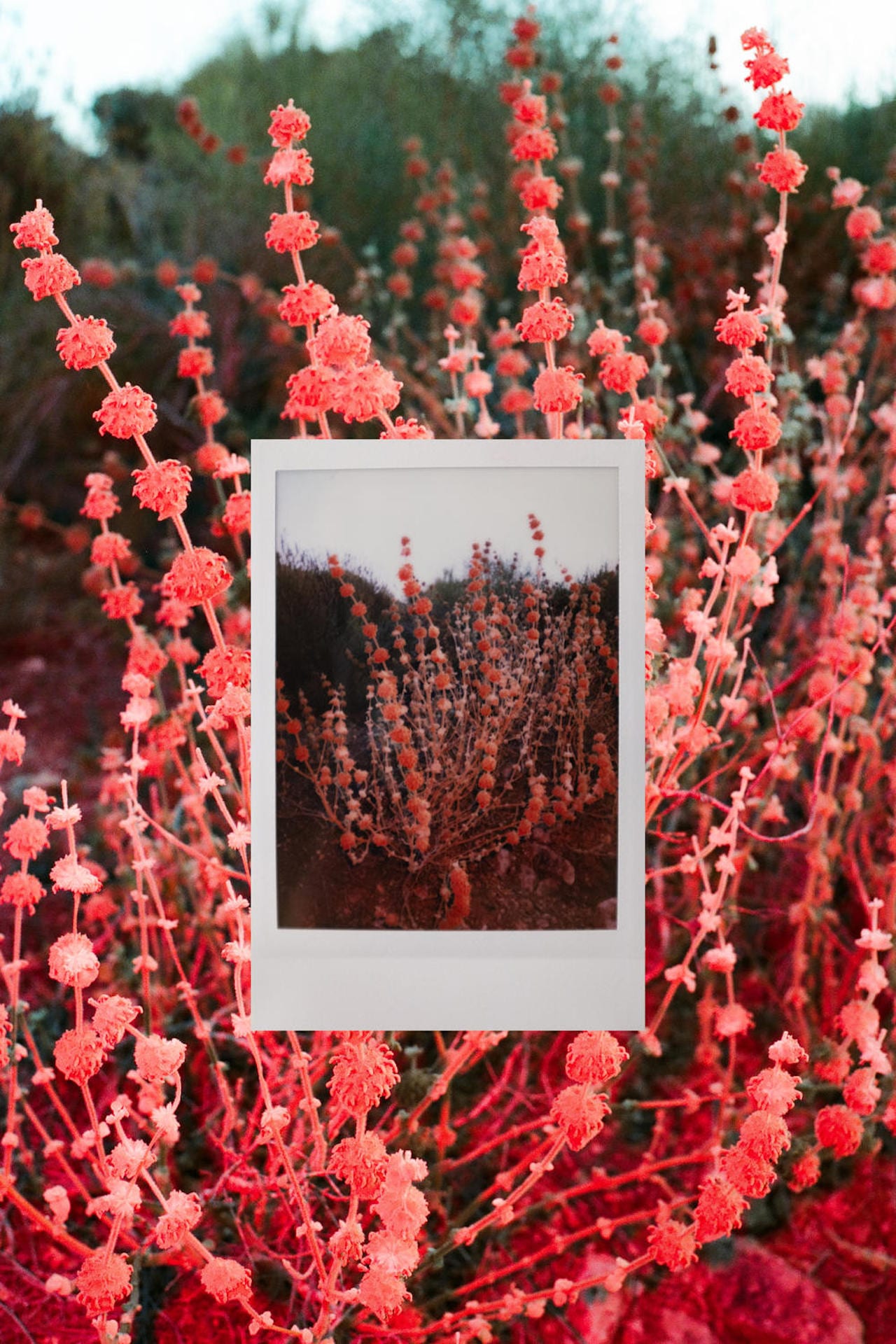
BJP: I noticed that both you and JD like taking photographs of cats. What kinds of things are you most drawn to photographing and why?
SS: Yes, we do many pictures of cats, and also dogs, and any animal, alive or dead. I guess we like animals more than we do most people. They can express some things as well as humans can. I have more opportunities to express what I want if I don’t focus only on one species.
I suppose that one’s own life experiences are what mark tastes. I feel drawn to things outside the aesthetic canons of society, which I love and find aesthetically beautiful. I can’t mention specific topics, but I love things that are quirky or bizarre to others, things that most people find ugly, dark, seedy, decadent, in bad taste, naff, violent… But I don’t see them as eccentric, they are things that happen and are around me all the time. What I can consider “normal” can be eccentric to someone else and the other way around.
I also love to document traditions and events – “normal” stuff – and even things that can be accepted into the beauty standards of society. They may be ordinary, but I can see something extraordinary in them and I like to capture that. I find that as eccentric as the rest of the “weird” things that I photograph. Life is odd.
BJP: What are the positives – and negatives – of working with someone else?
SS: We always help each other with the whole process. We trust in each others’ vision and the confluence of our two points of view enriches our perspective, and since our aesthetics are very similar our works are cohesive, making a better whole. I can’t think of any negative aspects, I enjoy working together a lot and we make a very good team.
BJP: Do you go out shooting together? How does the collaborative process work?
SS: We usually shoot together, mostly because we are focused on creating joint projects. We don’t have a well-defined process and we like to photograph spontaneously, so we start with a general idea of what we want to do, then we usually take photos individually and later we edit all together as a whole. Sometimes we decide to take pictures of the same thing and later we choose which one fits better in the edition we are making.
We used to take pictures together even when we were working individually, and we’d separate our work, even though we were telling the same story. It didn’t make sense to go to the same place at the same time to photograph the same things, because the funniest thing of all is that we are both struck by the same things.
Our latest individual series – JD’s Insomnia and my work, From a Bad Place – were created before we started planning projects together. We lived the same experience, we had similar feelings, and despite this, we each did our own work. Then, we realised that we are telling the same experience from two different points of view and that our photos complemented each other. We believe that our work is nourished by each other. We have been thinking about it for a long time but it was after preparing the Parentésis exhibition, that it became clear to us that our respective series work fine separately as well as together.
solesatana.es Parenthesis is on show at the Centro Parraga in Murcia, Spain until 02 December www.centroparraga.es
